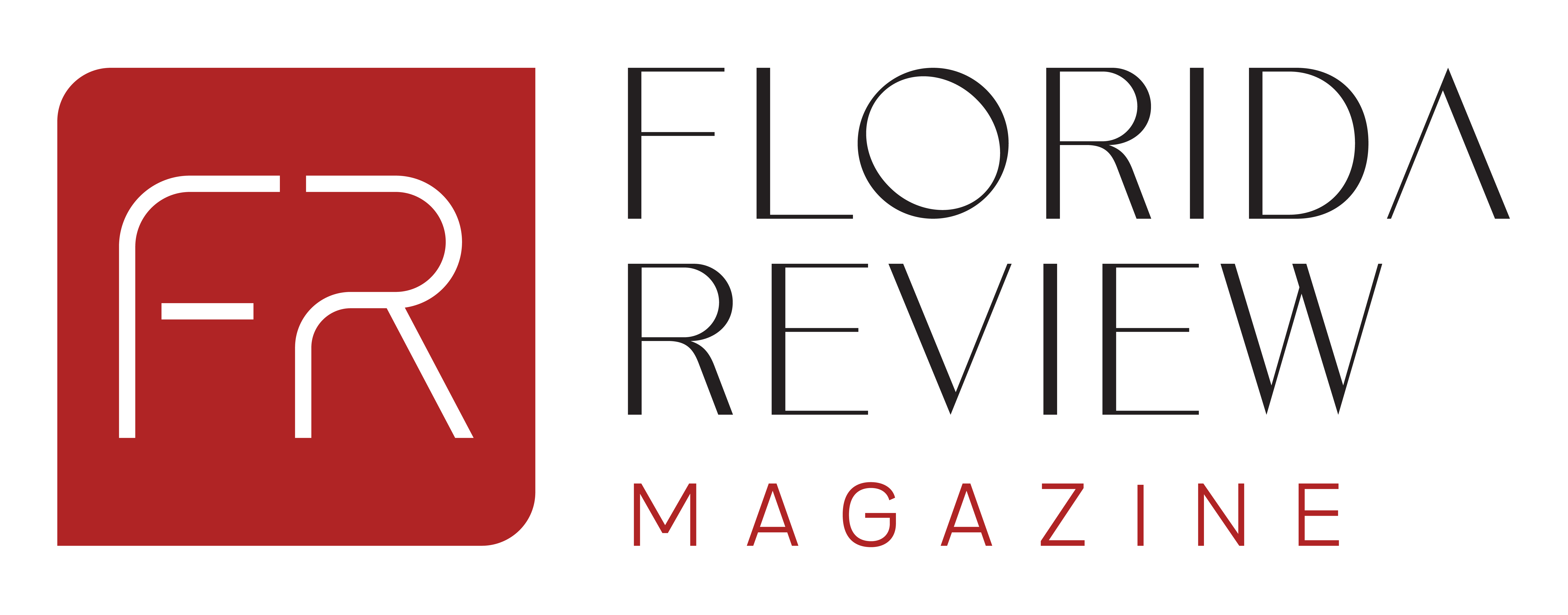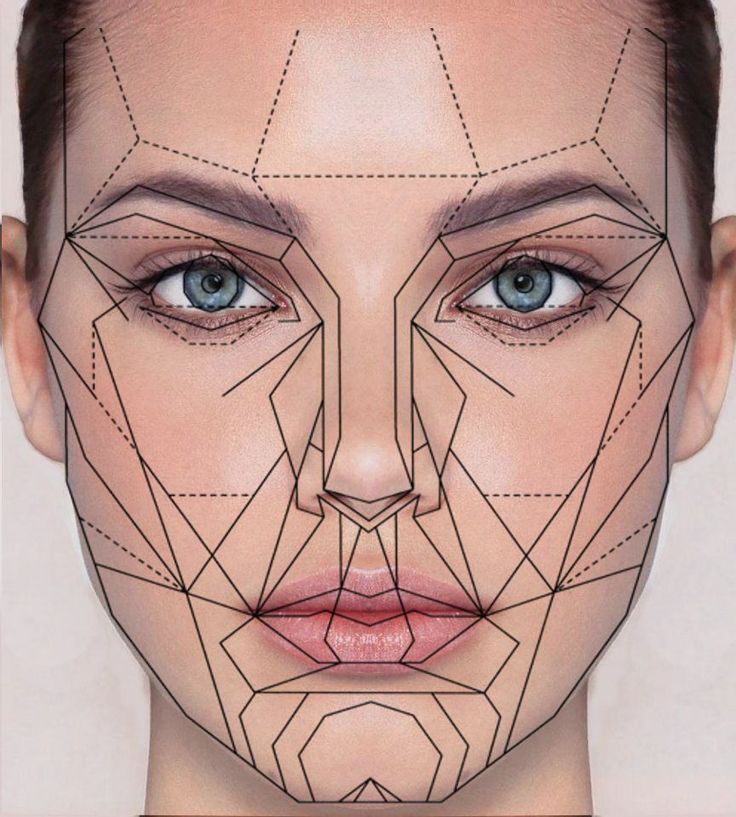What is the first impression?

Round cheeks, small nose, or square chin. These characteristics are not only aesthetic, but they can say a lot about your personality.
In Ancient Greece, distinguished philosophers were dedicated to the study of appearances. Aristotle and his disciples, for example, even worked out theories about how someone’s features reflected their spirit.
What is certain is that these studies say the same thing: do not judge a person only by appearance or characteristic, observe the whole set.
Visage Consultant, a specialist in Facial Analysis, Ana Paula Gaiato gave us an interview in which she talks a little about these long-standing studies, but which aroused curiosity and fascination for millennia.
“Use this knowledge sparingly, that is, in moderation, do not go on judging people, because we all have our defects and our qualities”, explains Ana Paula.
1. Looking at a person’s face and seeing his personality can be a way of labeling him?
This question is extremely important for people to be aware that we cannot judge anyone. When we look at someone’s physiognomy and also when we identify their temperament, we are presented with very particular characteristics of that individual, but we do not know to say for certain what stage of evolution that individual is.
This knowledge is extremely powerful. Therefore, we have to use it wisely, so that we do not label people, before getting to know them in-depth, and understand the reasons for their behavior.
“Use this knowledge sparingly, that is, in moderation, do not go out judging people, because we all have our defects and our qualities”
2. What is the importance of hereditary traits in the construction of an individual’s choices?
We carry traces of our ancestors for up to three generations, before us. And we can observe in practice. When it is said that someone “pulled the eyes of the grandfather” or “has the nose of the grandmother, the father, that is, the great grandmother”, for example. These characteristics are imprinted on our faces and we even ended up having behavior similar to that of a family member, with whom we may not even have had contact.
Throughout the first and second childhoods (from zero to 14 years old) we are like “sponges”, this means that we absorb many habits and attitudes of adults, who educate us (in early childhood – up to seven years old) and our friends ( in second childhood – from seven to 14 years old). The formation of our character is the sum of genetic traits and this absorption of customs and life experience.
That is why there is a great influence of these hereditary characteristics in the conduct of any individual, which may be contained or induced depending on the education to which the child was submitted.
3. How can expression lines alter personality, previously determined by hereditary traits?
The expression lines will provide information about what is happening to that individual at that moment in his life. They can talk about eating habits, excess stress, or more expansive and cheerful behavior, among other characteristics.
Every little line that appears on our face is trying to tell us that maybe something is not going well in some aspect of our life, or is just accentuating some trait of our behavioral characteristics.
Thus, we affirm that they do not alter our personality.
4. Is it possible to change my features according to the personality I want to convey?
Yes, but this is a very delicate thing. For example, when we talk about temperament: it is innate.
It is the temperament that you will have throughout your life, so it is not possible to change it. Its characteristics are printed, mainly, in the shape of its face.
Any change in your face, for example, a bichectomy, can modify this format too much, bringing disorientation to your unconscious, after all, he “knows” that the temperament that your face is transmitting is not yours and this can even cause psychological complications.
For this reason, it is necessary to know exactly what any change in your physiognomy (and this extends to the eyebrows, eyes, nose, mouth, chin, and even hair) will cause changes in your behavior and consequently to your personality.
4. In addition to physiognomy, what other aspects of my image can I change to transmit Power?
The main and most important tool for transmitting power is self-knowledge. Having clarity of your strengths and points of improvement will empower you and transform any doubt and insecurity into a clarity of goals and strengthening of innate characteristics.
Being empowered even changes your posture, which reverberates in your behavior, becoming more assertive and firm.
There is a very interesting tip, which I perform even with myself when I am very tense and need to calm down and reduce my stress, which is to do the so-called “Wonder Woman posture”. This posture consists of standing, for only three minutes, with feet apart, hands-on-hips, chest wide open, and chin up. This so-called “high power posture” is scientifically proven, as it reduces the levels of cortisol (stress hormone) in the bloodstream and this is noticed by people around you at an unconscious level.
5. In addition to physiognomy, what other aspects of my image can I change to transmit Power?
The main and most important tool for transmitting power is self-knowledge. Having clarity of your strengths and points of improvement will empower you and transform any doubt and insecurity into the clarity of goals and strengthening of innate characteristics.
Being empowered even changes your posture, which reverberates in your behavior, becoming more assertive and firm.
There is a very interesting tip, which I perform even with myself when I am very tense and need to calm down and reduce my stress, which is to do the so-called “Wonder Woman posture”. This posture consists of standing, for only three minutes, with feet apart, hands-on-hips, chest wide open and chin up. This so-called “high power posture” is scientifically proven, as it reduces the levels of cortisol (stress hormone) in the bloodstream and this is noticed by people around you at an unconscious level.
6. In the case of the employer, what are the first traits to be observed in a person I interviewed?
This will depend on the role for which he wishes to hire that individual. For example, good salespeople tend to have a more angular and reddish face, their eyes are bigger, their mouth also tends to be big and they may even have that expression mark known as a Chinese mustache and the presence of a double chin, or chin, it is quite favorable.
A good secretary, on the other hand, will have a more rounded or oval face, with more delicate features, that is, small eyes and a mouth with thinner lips, a large forehead and when sitting, for example, they do it carefully, remaining erect and sitting at the tip of the chair.
The analysis for recruitment and selection happens not only on the person’s face but also on evaluating his gestures, way of speaking, walking, and sitting, all of which will bring information about the qualities of that candidate.
7. In the case of a love relationship, what are the first features to be observed in a person in whom I am interested?
Some features on the face may indicate that that person tends to enjoy a more lustful life, but, again, we will not judge his behavior! Not always presenting this or that facial feature indicates infidelity, what these features bring information has to do with a certain predisposition, such as liking a more libidinous life.
What we need to know is what characteristics we look for in a partner, if we want someone more outgoing, more romantic, adventurous, calm, firm, and many other qualities, forming a set that will indicate your ideal partner pattern.
* Ana Paula Gaiato is co-creator of the courses Create an Image of Power and Discover Who He Is, from the Escola da Mulher Magnética, by Vanessa de Oliveira


